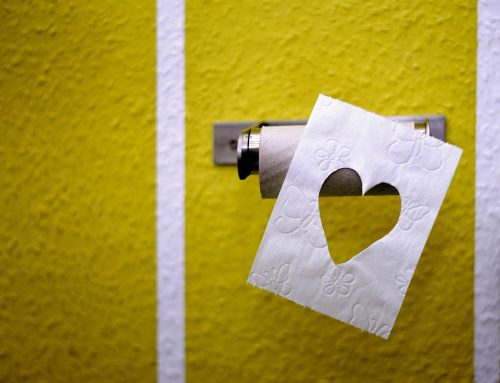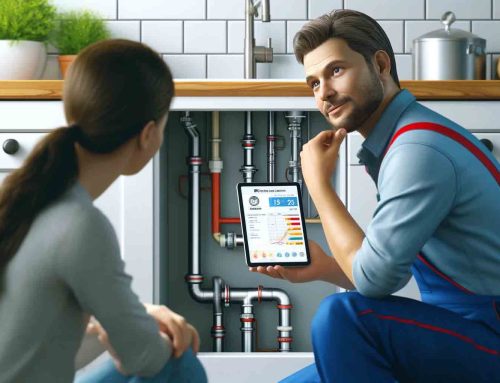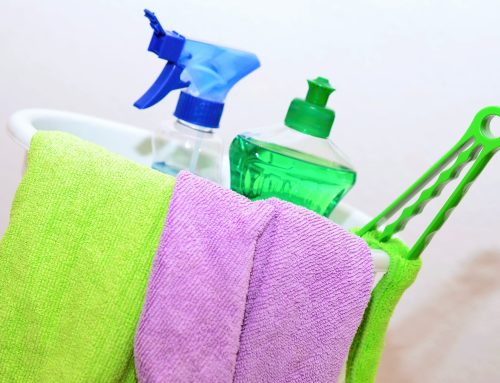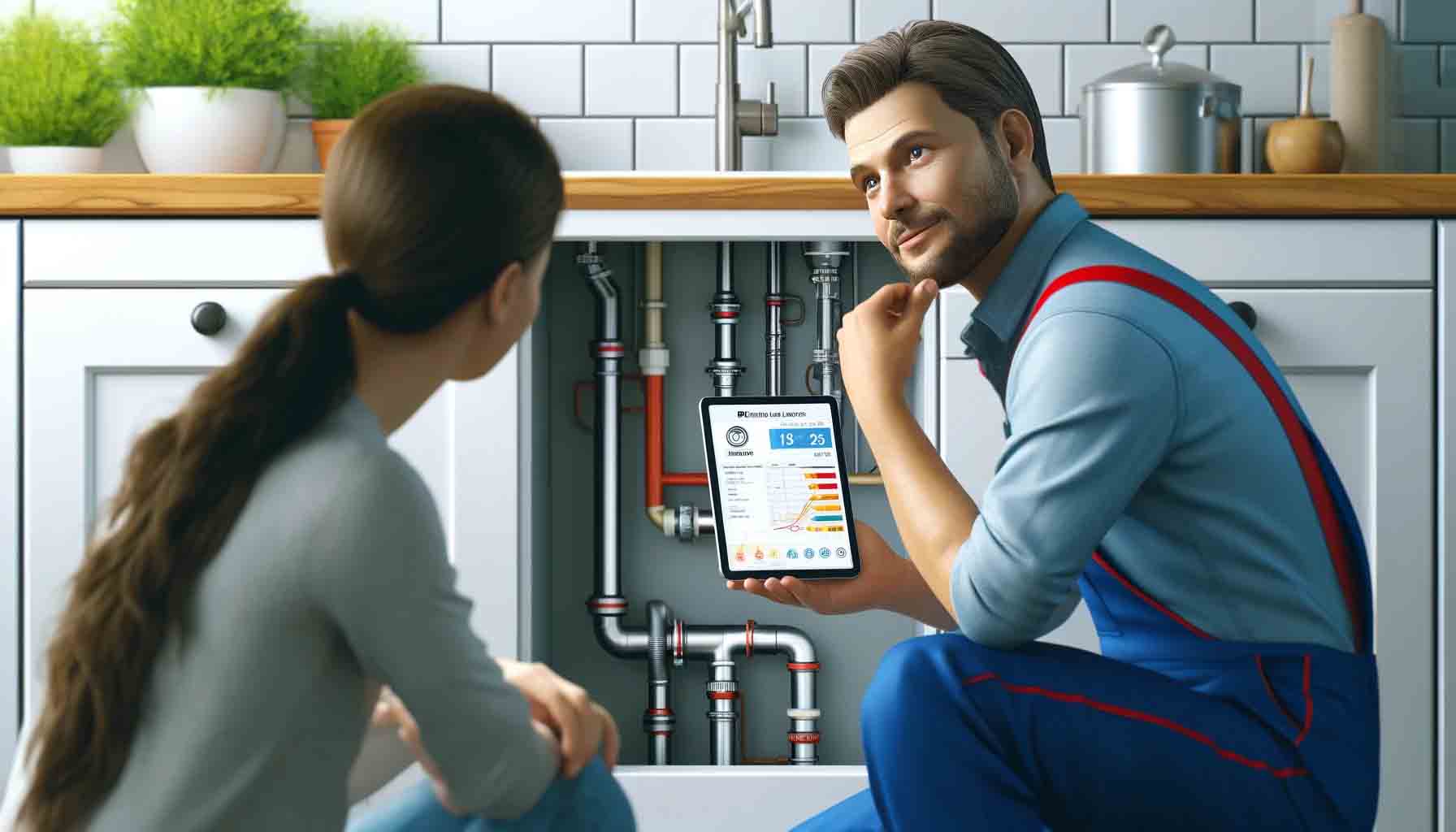A kutak eldugulása számos problémát okozhat, beleértve a vízellátás megszakítását és a szivattyúk károsodását. A kútkamerázás egy hatékony módszer a kút állapotának felmérésére és a dugulások azonosítására. Ebben az útmutatóban áttekintjük a leggyakoribb kútdugulások típusait, azok azonosításának és megoldásának módszereit kútkamerázással, valamint a kút előkészítésének lépéseit a kamerázás előtt.
A leggyakoribb kútdugulások típusai
- Szerves anyagok felhalmozódása
- Tünetek: Csökkent vízhozam, szivattyú problémák.
- Okozók: Alga, baktériumok, növényi maradványok.
- Ásványi lerakódások
- Tünetek: Víznyomás csökkenés, szivattyú nehézkes működése.
- Okozók: Kalcium, magnézium és vas oxidok.
- Homok és iszap
- Tünetek: Zavaros víz, gyors szivattyú kopás.
- Okozók: Homokos vagy iszapos talajrétegek.
- Kút falának összeomlása vagy repedése
- Tünetek: Hirtelen vízhozam csökkenés, szivattyú károsodás.
- Okozók: Idővel bekövetkező szerkezeti károsodások, rossz telepítés.
- Idegen tárgyak
- Tünetek: Vízáramlás teljes megszűnése, szivattyú leállás.
- Okozók: Törmelék, szerszámok, állatok bejutása.
Hogyan lehet azokat azonosítani és megoldani kútkamerázással?
- Szerves anyagok felhalmozódása
- Azonosítás: Kútkamera segítségével megfigyelhető a zöldes vagy barnás lerakódás a kút falán.
- Megoldás: Kémiai tisztítás vagy mechanikus tisztítás magas nyomású vízsugárral.
- Ásványi lerakódások
- Azonosítás: Kamera felvételeken fehéres, kemény rétegként látható a kút falán.
- Megoldás: Savval történő kezelés a lerakódások feloldására, majd öblítés.
- Homok és iszap
- Azonosítás: A kamera mutatja a homokos vagy iszapos rétegeket a kút alján.
- Megoldás: Szivattyúzással vagy speciális homokszűrők telepítésével.
- Kút falának összeomlása vagy repedése
- Azonosítás: A kamerázás során jól láthatóak a szerkezeti sérülések, repedések.
- Megoldás: Szükség esetén új béléscső behelyezése vagy a kút falainak megerősítése.
- Idegen tárgyak
- Azonosítás: A kamera egyértelműen mutatja az idegen tárgyak jelenlétét.
- Megoldás: Speciális eszközökkel eltávolítás, például fogóval vagy mágnessel.
Hogyan készítsük fel a kutat kútkamerázás előtt?
- Előzetes vízszint mérés: Mérjük meg a kút vízszintjét és jegyezzük fel.
- Vízminőség ellenőrzése: Végezzen vízminőség tesztet, hogy azonosítsa a potenciális szennyeződéseket.
- Szivattyú eltávolítása: Távolítsuk el a szivattyút, hogy a kamera akadálytalanul mozoghasson a kútban.
- Előzetes tisztítás: Amennyiben lehetséges, távolítsuk el a nagyobb szennyeződéseket vagy törmeléket a kútból.
- Kamerázási terv készítése: Készítsünk egy tervet a kamerázás lépéseiről és az esetleg szükséges eszközökről.












